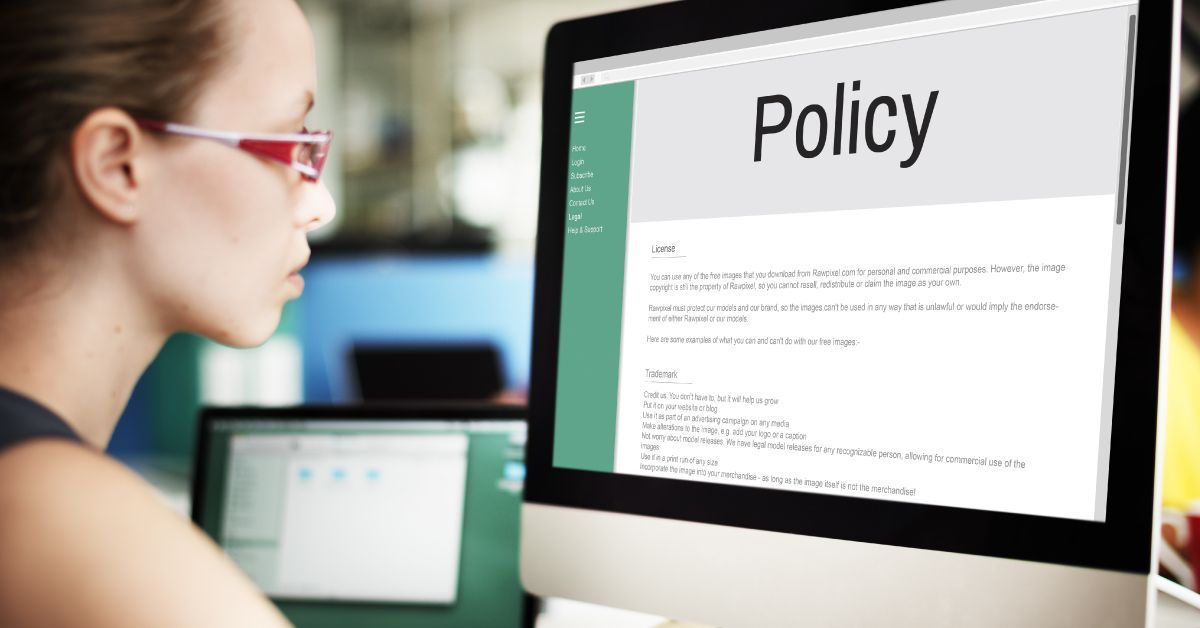
Why Robust, Safe and Respectful Workplace Policies are an Essential Prerequisite to a Successful DEI Program
22
Feb 2022
147

Author:
Jillian Kruschell (she/her/hers)
, Chief Executive Officer, Libra Consulting Ltd.
Every great team strives to create a safe, inclusive and diverse workplace culture – a culture that will help the organization recruit and retain employees, a culture that will make a great impression on not only employees, but clients, prospective clients and all other stakeholders too.
There are many ways to arrive at that pinnacle and every road map looks different, but the starting point is often the same – tried, tested and true policies for a safe and respectful workplace. Without those policies in place and effectively in use from the beginning, it’s easy to get off course.
The Alberta Human Rights Act
(Government of Alberta) states that “Employers have obligations to keep their employees safe and create an environment free of discrimination, harassment and violence.” These issues are often considered and addressed in policy and procedures completely separate from Diversity, Equity and Inclusion (DEI). But at my organization, we recognize that those policies are essential building blocks to DEI success.
Essential to understanding human behavioural motivation is Maslow’s Hierarchy of Needs, which uses a hierarchical pyramid to illustrate the importance of each individual having their basic needs met as a precursor to achieving meaningful self actualization.
Only when an organization is firmly rooted in its commitment to keeping its employees safe from any type of workplace harassment, discrimination or abuse, can a truly diverse, equitable and inclusive culture grow. It’s easy for organizations to implement policy that meets the legal obligations, but properly implementing those policies and firmly standing by the guidelines set out within them is what really counts.
Any organization can distribute policies to employees, most do it as a box to check during the onboarding process. But after a brief scan during those early days on the job, are your policies filed away, never to be seen again? Are they written in such a way that employees will be able to digest their content as meaningful and get a sense of how those policies will translate into action in the day-to-day? It is essential to be able to show employees that inevitable conflicts can be resolved fairly, that they are empowered to advocate for their personal safety and well being and that nobody, be it colleagues, customers or suppliers, will be permitted to treat them poorly.
At my organization, we believe that inclusion has to come before diversity, because intentionally recruiting diverse talent into a workforce shouldn’t be done if the groundwork of creating an environment in which they will be able to meaningfully contribute and thrive has not come first. Without a strong base of inclusivity, diverse talent, which could bring in new ideas and perspectives will likely fail and leave. Aside from the obviously expensive repercussions of turnover, this could damage your reputation as an employer and your ability to recruit diverse talent in future.
Employers who succeed at DEI are employers who are ready to do right by their employees and can see and value the complex humanity of their individual team members. If you can achieve this, you’ll be positioned to recognize the significant improvements in productivity, engagement and collaboration available if they are able to create an environment of psychological safety.
Safe and respectful workplace policies that demonstrate an employer’s commitment to prioritizing employee wellbeing and responding in a fair and timely manner to any complaints that come in speak volumes to their employees about how valued they truly are within that organization. If you really want to make a statement, consider implementing third party handling of sensitive workplace complaints. Employees all over the world have been asking for this. Not only does it drastically reduce employees’ barriers to coming forward, and eliminates the risk to the organization of complaints being mishandled because of internal ingrained bias and conflicts of interest.
In the 4 stages of Psychological Safety
, Timothy R Clark says the following about Inclusion Safety:
“As the basic glue of human society, inclusion safety offers the comforting assurance that you matter. If you’re a leader and you want your people to perform, you must internalize the universal truth that people want, need and deserve validation. Inclusion safety requires that we condemn negative bias, arbitrary distinction, or destructive prejudice that refuses to acknowledge our equal worth and the obligation of equal treatment.”
One of the most foundational ways we can create this for our teams is making a sincere commitment to the creation of safe and respectful workplaces for all people.
It’s also important to note that there are varying degrees of psychological safety. It’s not just about feeling safe from workplace harassment, bullying and discrimination. Achieving complete psychological safety means employees feel included, safe to learn, safe to contribute and safe to speak up and challenge the status quo.
With established inclusion and psychological safety, diverse hires become empowered to offer valuable new perspectives. Diverse employees bring in varying educational and cultural backgrounds and unique life experiences that simply can’t be found in homogeneous environments. Whether employers are trying to create solutions, increase efficiencies, enter a new market, develop a new product or disrupt an established industry, diversity is the key to creativity.
So if you’re thinking about DEI, start by taking a step back and focus on the foundation. We know business leaders love quick wins, but any structure built on a shoddy foundation will eventually crumble and performative band aids will always fall away. Look at turnover, employee engagement and productivity. Then get your house in order before inviting new people into it.
Citations
Government of Alberta. Alberta Human Rights Act. 2000. Queen's Printer, https://www.qp.alberta.ca/1266.cfm?page=A25P5.cfm&leg_type=Acts&isbncln=9780779744060
Maslow, Abraham. “A Theory of Human Motivation.” Psychological Review, vol. 50 (4), 1943, pp. 370–396.
Clark, Timothy R. The 4 Stages of Psychological Safety: Defining the Path to Inclusion and Innovation. Berrett-Koehler Publishers, Incorporated, 2020.
The views and opinions expressed in this blog post belong solely to the original author(s) and do not necessarily represent the views and opinions of CPHR Alberta.
The views and opinions expressed in this blog post belong solely to the original author(s) and do not necessarily represent the views and opinions of CPHR Alberta.

As we close out 2025, I’m feeling genuinely proud of what CPHR Alberta has accomplished this year, and grateful for the members, volunteers, partners, and staff who made it possible. Together, we’ve continued to strengthen the value of the CPHR designation, expanded professional development opportunities, and deepened relationships with government, post-secondary institutions, and business leaders. This year also brought some milestones worth celebrating. We’re ending 2025 in a financially stable position, and our membership grew by 7% , which is a nice reminder that the HR community is thriving, and that we are still the kind of people others willingly choose to join. One of the most important pieces of work this year was launching our 2026–2028 Strategic Plan. This roadmap was shaped by member input, market research, and alignment with CPHR Canada’s national priorities. It’s the product of a truly collaborative process led by our Board and operations team, forward-looking, grounded in data, and practical in how it positions us for what’s next. At its core, the plan strengthens the HR profession and supports the people who drive it, reinforcing our commitment to a resilient and inclusive HR community. I encourage you to read it and see where we’re headed. View the Strategic Plan here. Our pursuit of self-regulation remains a priority, and our advocacy efforts this year continued to deepen relationships with government and position HR as a trusted profession. We’re making progress, ensuring HR’s voice is present in key policy conversations and recognized where it matters most. If nothing else, we are getting very good at showing up, staying thoughtful, and keeping the conversation moving forward. To build on this momentum, we’re currently recruiting two Chartered Members and up to one Public Members to join our Board. We’re looking for candidates with prior governance experience and strengths in areas such as strategic business leadership, financial management, legal expertise, or IDEA. It’s also important to us to have meaningful geographic representation from outside Calgary and Edmonton, because Alberta is bigger than two postal codes, and our Board should reflect that. You can learn more about the process and requirements through our blog , and I’d encourage you to apply or share the opportunity with someone who’d be a great fit. Applications close January 9, 2026. Chartered and Retired Members: Apply through your member portal Public Members: Contact Heather McMaster at hmcmaster@cphrab.ca for application details As the holiday season approaches, I hope you find time to rest, recharge, and take a moment to acknowledge what you’ve contributed this year, professionally and personally. Thank you for everything you do to advance the HR profession. I’m confident that, together, we’ll continue building something even stronger in 2026. And if your out-of-office message is already drafted, I respect the efficiency. Geordie MacPherson, CEC, CPHR, SHRM-SCP Chair, Board of Directors, CPHR Alberta

As we close out 2025, I am proud to reflect on the incredible work our association has accomplished this year. With the support of CPHR Canada, we continue to strengthen a national network of over 33,000 HR practitioners and professionals, including more than 7,300 in Alberta. Our collaboration with provincial counterparts, post-secondary institutions, local chambers, and government partners remains central to promoting the value of hiring a designated professional and advancing consistent standards across Canada. This year, CPHR Alberta grew by 7%, with the majority of new members coming from students and emerging HR professionals—the future of our profession. Thank you to all our members for the work you do every day to elevate the profession. Operationally, 2025 was a year of engagement and impact. We hosted 76 events across Alberta, the Northwest Territories, and Nunavut, welcoming over 6,300 attendees to workshops, roundtables, webinars, and community sessions. Complimentary events played a key role in sustaining access to learning and connection for our members. Our Annual Conference was a highlight, bringing together a sold-out audience, a fully booked exhibitor space, and earning strong satisfaction ratings with 77% of attendees rating their experience positively. Thoughtful planning is already underway for our 2026 Conference on June 2 and 3 at the BMO Centre in Calgary, where expanded attendee capacity, increased exhibitor space, and enhanced programming will elevate the experience for HR professionals across our jurisdiction. Through our marketing campaign, we focused on raising awareness of the strategic value a CPHR brings to organizations. The results speak for themselves with 10% of new members joined after seeing our campaign, and website traffic increased by 17%, averaging over 55,000 views per month. In 2025, CPHR Alberta navigated Ministry changes, new mandate letters, and changes to professional governance. The Professional Governance Act (PGA) was introduced in the Spring of 2025 and received royal assent in May. This was a long-awaited and important step forward. CPHR Alberta operations and the Board are at work reviewing the legislation and anticipating the incoming regulations. We have continued our focus in broader advocacy and engagement to promote the profession as a leading voice, valued partner and knowledge expert. Throughout the year, we deepened our existing relationships, built new ones, and partnered on impactful projects at various levels of government and with community partners. We look forward to continuing to highlight the significance and impact of the profession within our organizations and communities throughout 2026. Looking ahead, we are excited to implement our 2026–2028 Strategic Plan , continue rolling out our new member recognition program, and shine a spotlight on our incredible HR community at our Member Recognition Gala in April. We will also advance our work toward self-regulation, ensuring the HR profession is recognized and trusted for its impact on organizations and communities. I want to thank our incredible team at CPHR Alberta and the many volunteers who make our work possible. Your dedication ensures we deliver value to our members and advance the HR profession every day. Thank you also to our Board of Directors for their guidance and leadership throughout the year. As the holiday season approaches, I wish you joy, rest, and time to celebrate your accomplishments. Together, we are shaping the future of HR—and I look forward to all we will achieve in 2026. Ioana Giurca, CEO, CPHR Alberta

As the governing voice of CPHR Alberta, the Board of Directors meets quarterly to provide oversight and guidance in several key areas. The Board, alongside CPHR Alberta operations, continues to deliver on the association's strategic priorities developed in the 2020 strategic plan. To ensure transparency between our Board of Directors, members and key stakeholders, we are sharing post-meeting messages to inform the steps taken towards advancing our profession and ensuring a financially stable association. The Board of Directors met on November 27, 2025, and is proud to share the strong momentum we are experiencing across our community. The Board’s key messages are as follows: Membership Growth As of September 30, 2025, we reached 7,213 active members, a 7% year-over-year increase, with the majority coming from student and emerging HR professionals. This growth affirms the momentum of our HR profession and the impact of our student engagement initiatives. Professional Development Member participation remains strong with 53 events held year-to-date, with 5,013 attendees across workshops, roundtables, webinars, and community sessions. Our complimentary events have played a key role in sustaining engagement and access to learning. Annual Conference The Annual Conference was a heavy focus for the association in Q3. The sold-out event continues to bring together our community for valuable professional development and networking opportunities, creating a strong foundation for 2026. Attendees reported high satisfaction, with over 370 in attendance, and a sold-out exhibitor hall. “The CPHR conference was incredibly educational and inspiring. The speakers motivated me, and it was an experience I’ll never forget. I really enjoyed it, grew closer to my team, and I definitely want to attend again.” – 2025 Conference Attendee The 2026 event will be held at the BMO Centre, in Calgary on June 2 and 3 – with increased capacity, expanded exhibitor space, and enhanced programming will elevate the experience for all HR professionals across Alberta, NWT and Nunavut. Self-Regulation The Board continues to assess the implications of Alberta’s Professional Governance Act (PGA), including: Advocacy, legal, and governance impact assessments are being commissioned. Preliminary recommendations from management will be brought to the Board in March and June 2026, leading to a formal decision. Further information will be shared, when ready. Future Vision Approved: 2026-2028 Strategic Plan Our new 2026–2028 Strategic Plan will be rolled out in December to all members. The 3-year Strategic Plan, crafted from member feedback, market research, and collaboration with CPHR Canada – aims to strengthen our profession’s influence, amplifies leadership, and creates pathways for all members to thrive. Fiscal Responsibility Our Q3 financial review remains on track for a balanced year-end forecast. The 2026 draft budget has been approved – aligning resources with our strategic priorities while maintaining a disciplined and responsible financial approach. Board Governance Our board continues to focus on good governance practice, ensure stability, clarity, and accountability across our organization. FCPHR Nominations A reminder that the prestigious Fellowship Award is open for nominations! This national program recognizes Chartered Professionals in Human Resources (CPHRs) who have made exemplary contributions to the HR profession. Recipients are granted recognition as a Fellow of the Chartered Professionals in Human Resources (FCPHR). Click here to learn more about the Fellowship Award, including the guidelines and completing your nomination. You can also download a copy of the nomination form here. The next Board meeting takes place in March 2026, after which we will again share our key messages. If you have any questions regarding these key messages or the Board of Directors, please contact chair@cphrab.ca . We welcome your feedback!


